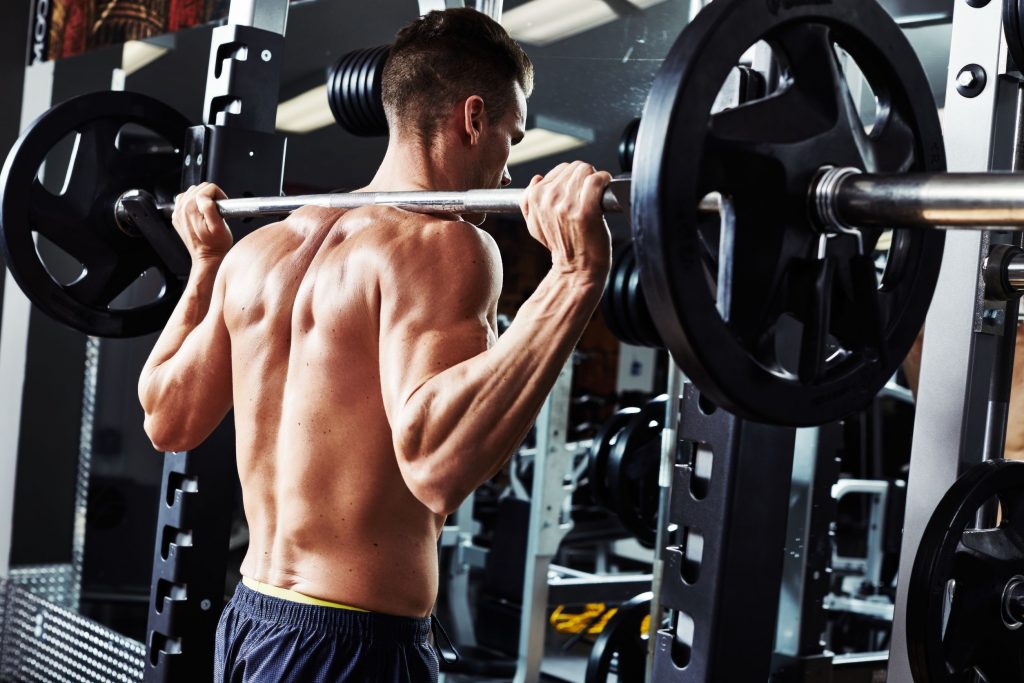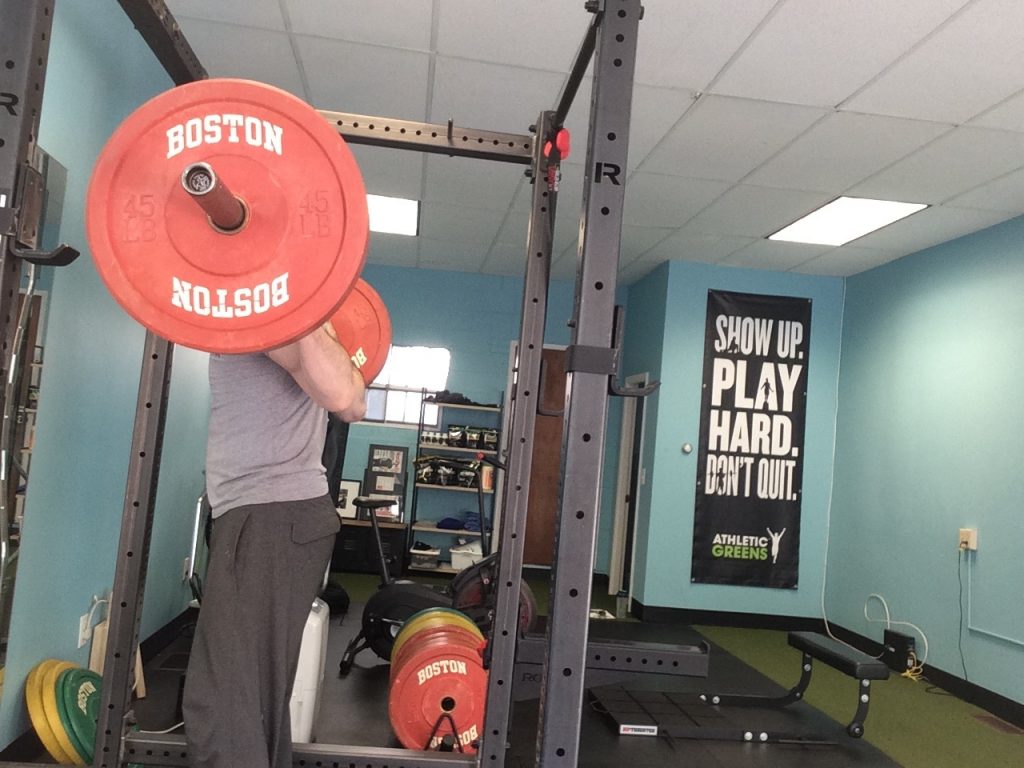This past weekend Lisa and I had friends over and we ordered a few pizzas. I love pizza. And no surprise I went a little overboard. Also no surprise: I woke up the next day feeling lethargic, bloated, and as if my mouth spent the night in a desert.
Don’t get me wrong: I didn’t feel guilty or anything. I deadlifted earlier that day, and everyone knows that pizza and deadlifts are synonymous with one another.1 But man oh man, you can bet I felt the affects all through the weekend.
Today’s guest post from Toronto based nutritionist, Marc Capistrano, helps explain a topic everyone reading has experienced at one time or another: food induced inflammation.

How Food Induced Inflammation Affects Performance and Recovery
We all know that stubbing your toe against the coffee table while twerking in the living room creates an inflammatory response (and it sucks!). It’s the body’s repair mechanism that kicks in when it detects damaged tissue.
The thing that people tend to forget is that this inflammatory response can kick in as a result of dietary triggers as well.
Instead of reacting to damaged tissue, the body is responding to less than optimal foods.
Don’t get me wrong, I’m not here to talk about “good” and “bad” foods (I’m really not about that life), but there are definitely foods that offer more benefit than others. With that being said, inflammation and low-level inflammation can impact performance, recovery and long-term health.
How Does Food Cause Inflammation?
Ever heard of the antigen/antibody complex? If you haven’t, here’s a brief and basic re-cap.
You eat something foreign in excess (let’s say trans-fats or arts and crafts glue for example), the body detects it as an antigen and the immune system releases an antibody to tag it and directs white blood cells to dispose of these foreign substances.
When this happens, an immune complex is formed and inflammatory by-products are released as a result of this. Normally our immune system is efficient enough to quickly handle this immune complex and move on but when we’re constantly eating these trigger foods, inflammatory by-products can deposit themselves into our tissues.
Whenever I explain this immune system reaction to someone, the person I’m talking to will either nod their head and agree or they’ll want to throw hot coffee on me for confusing them. If it’s the latter, I’ll always come back to the “car accident” analogy.
Imagine a car accident on a main road. Tow trucks, cop cars and a fire truck come to the scene and start doing their job. The fire fighters are cleaning spilled oil, the tow truck is moving cars and all of this is backing up traffic. It’s a hectic scene, but all of this havoc is a small price to pay in order for the mess to be cleared.
If you’re a visual learner, this is similar to an immune system reaction. The car accident is inflammation and the firefighters and police are the immune system coming in to clean it all up.
It’s perfectly normal and the organized mess is needed in order to get traffic moving again. The problem is, what if another accident happened 100m ahead and then another one, and then…. we’ll you get the idea. Small fender benders turn into a major backup and make a small delay become a huge one. It’s a stressful environment for everyone involved and that “stress” can manifest itself as achy joints, low energy and lengthened recovery times.
I know it may seem like an extreme picture but it also best describes food in relation to its potential crappy effects on the body. It’s not a major issue but quite possibly, the last 5% that you’ve been chasing could be found in food quality i.e. what it is you’re eating.
3 Tips for Reducing Food-Induced Inflammation
So what can we do to support recovery time and limit the overall crappy-feeling caused by food-induced inflammation?
1. Pay What Your Body is Due
Enjoying pizza and skittles is not a bad thing but you need to earn it first.
What I mean by this is you need to pay your body with quality macronutrients and micronutrients.
Once this is paid and calories are equated, feel free to spend the rest of your macronutrients on anything of your choice (my personal favourites include gelato and hamburgers). Remember that micronutrients and minerals serve as cofactors that support the secretion and response of hormones in our body (ever heard of testosterone?)
Side Note: If you like to geek out on food quality, fancy ingredients and antioxidants, check out a video I did on my kick ass morning smoothie.
Pro Tip: Apply the 80/20 rule or 70/30 rule or the 60/40… You know what just keep things balanced. Enjoy your pizza and wings; just be sure to accompany it with some vegetables and protein at some point in the day. It’s hard to overeat on pizza if you’ve had some roasted vegetables and steak prior.
2. Value Insulin Sensitivity
Insulin resistance and inflammation are synonymous with each other. Insulin resistance can eventually cause sugar molecules to attach itself to muscle tissue otherwise known as “glycation” which can cause inflammatory by-products. A balanced amount of fat, low glycemic, fruit and vegetables will go a long way in preventing insulin resistance and help to maintain optimal tissue quality.
Pro Tip: If its insulin sensitivity you’re chasing, keep your denser carbohydrates in and around training. Vegetables and fat can accompany your protein for the rest of the day. This tip should be taken with a grain of salt as individualized diets depend on training volume and personal preference.
3. Balance Your Fats
An imbalance of Omega 3 to Omega 6 fatty acids can lead to an inflammatory response because of the hormone like factors known as prostaglandins.
Note: Omega 6 in excess is inflammatory. Because of the way food is processed these days, we’re getting more omega 6s in our diet than we need.
Wild caught salmon, walnuts and egg yolks are examples of great Omega 3 sources and can correct omega 3 and 6 imbalances.
Pro Tip: Oil is like your older brother, the less you piss him off, the more helpful he’ll be to you. Excess deep fried and processed foods can tip the balance between good and bad fats.
Wrapping Up
I know what some of you are saying. “This guy is trying to push detox salads and organic produce on us or else our recovery is doomed”.
Not true at all my friend.
I’m definitely not telling you that French fries and ice cream are bad for overall performance and recovery. Instead, I’m say that eating a diet that primarily consists of pizza and french fries will start to have an impact on your performance and recovery.
The take-home message is that balance and moderation is one of the most important aspects of food in relation to inflammation, performance and recovery. I’m not trying to promote any “special foods” but rather a balance between nutrient dense foods and not-so-nutrient-dense food. Building this habit will benefit you in the long run.
Take care of the housekeeping tasks (getting enough quality protein, fibre, fat and carbohydrates) and it could be the missing link in your quest for the city of Gainz.
About the Author
Marc Capistrano is a Toronto based Certified Nutritionist, fitness enthusiast and content creator. He currently works out of downtown Toronto and maintains the Live It Holistic Nutrition blog. His work has been featured on CBC Life and he is also a brand ambassador for Garden of Life.


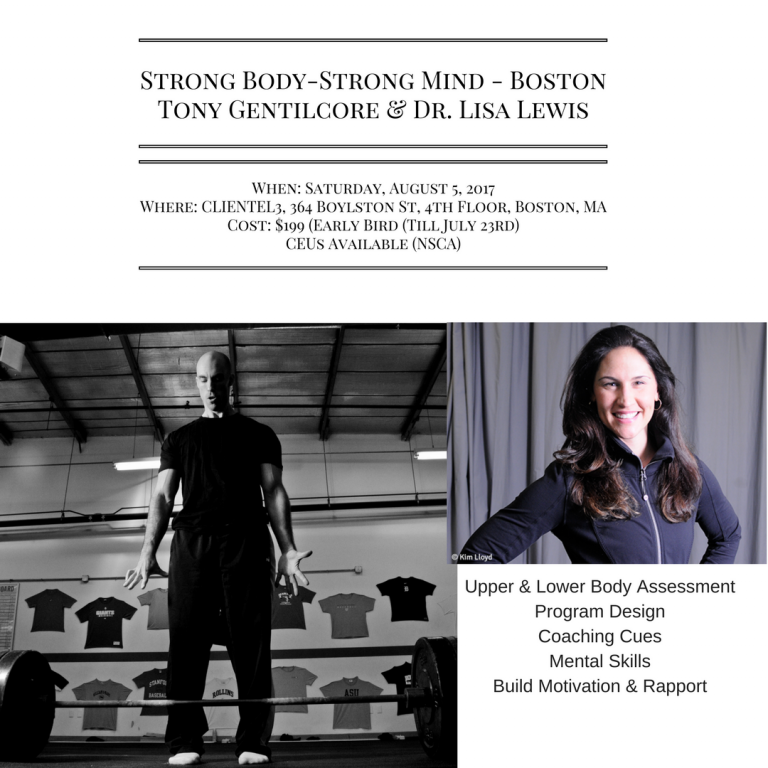

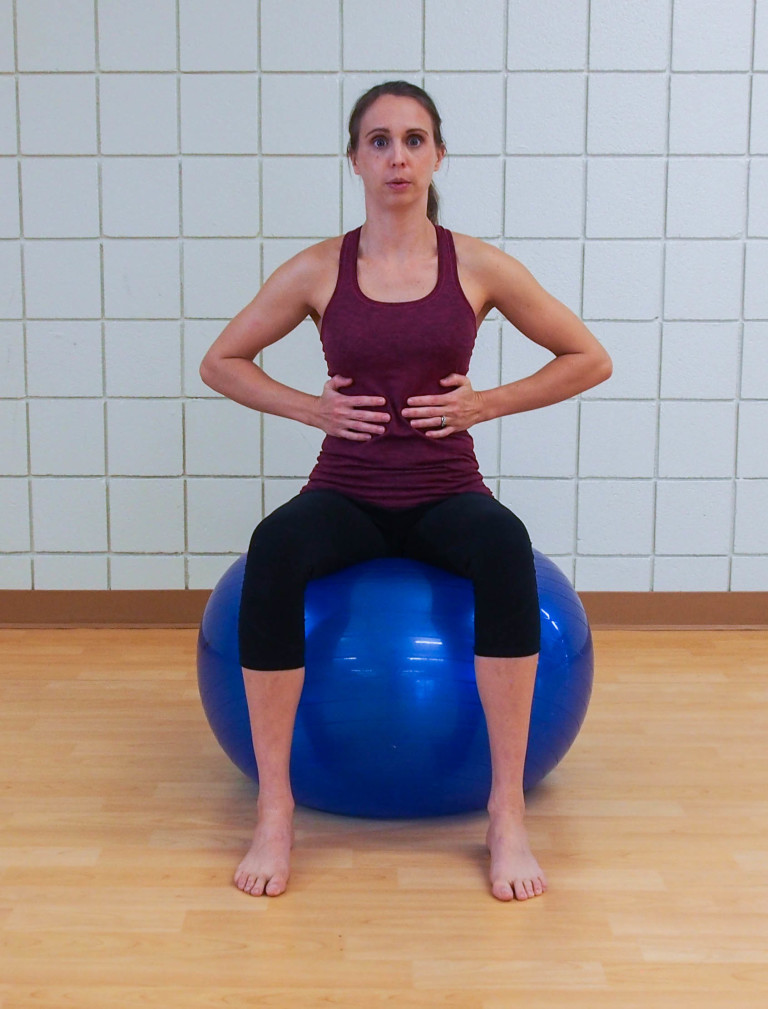
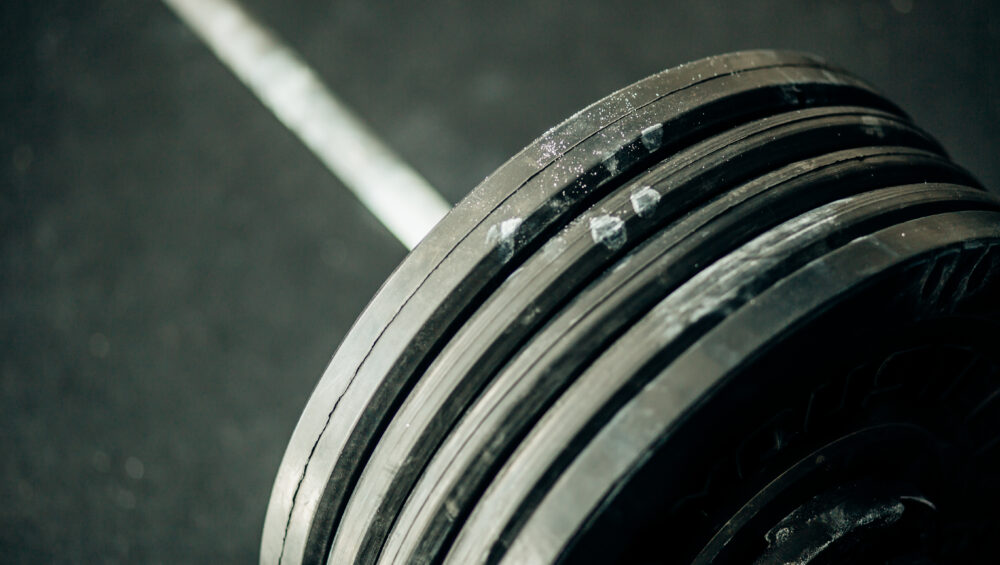


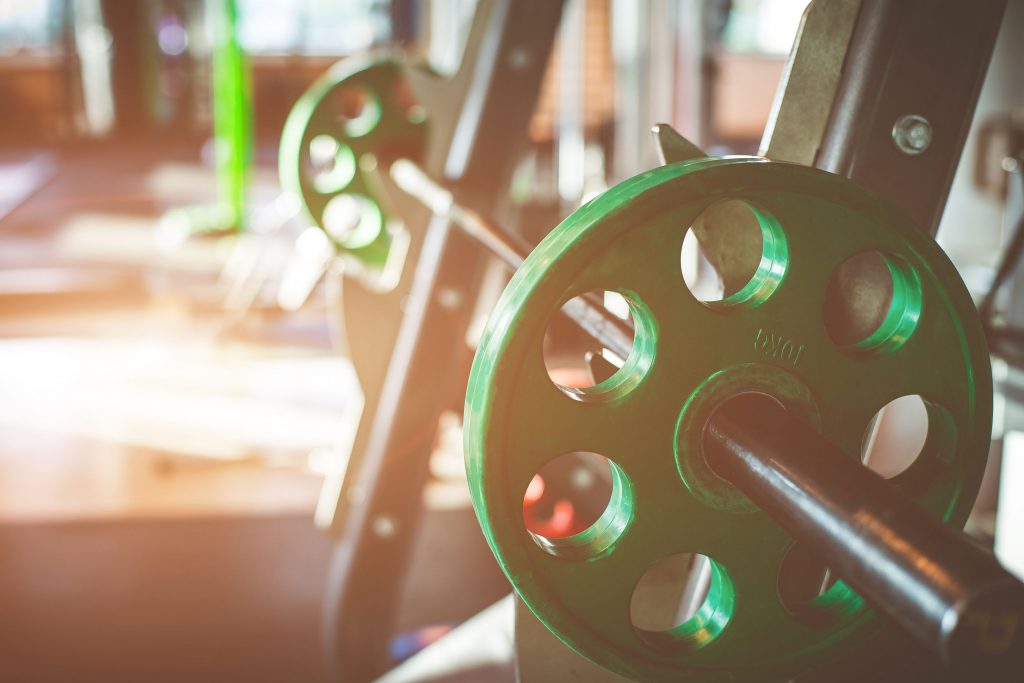



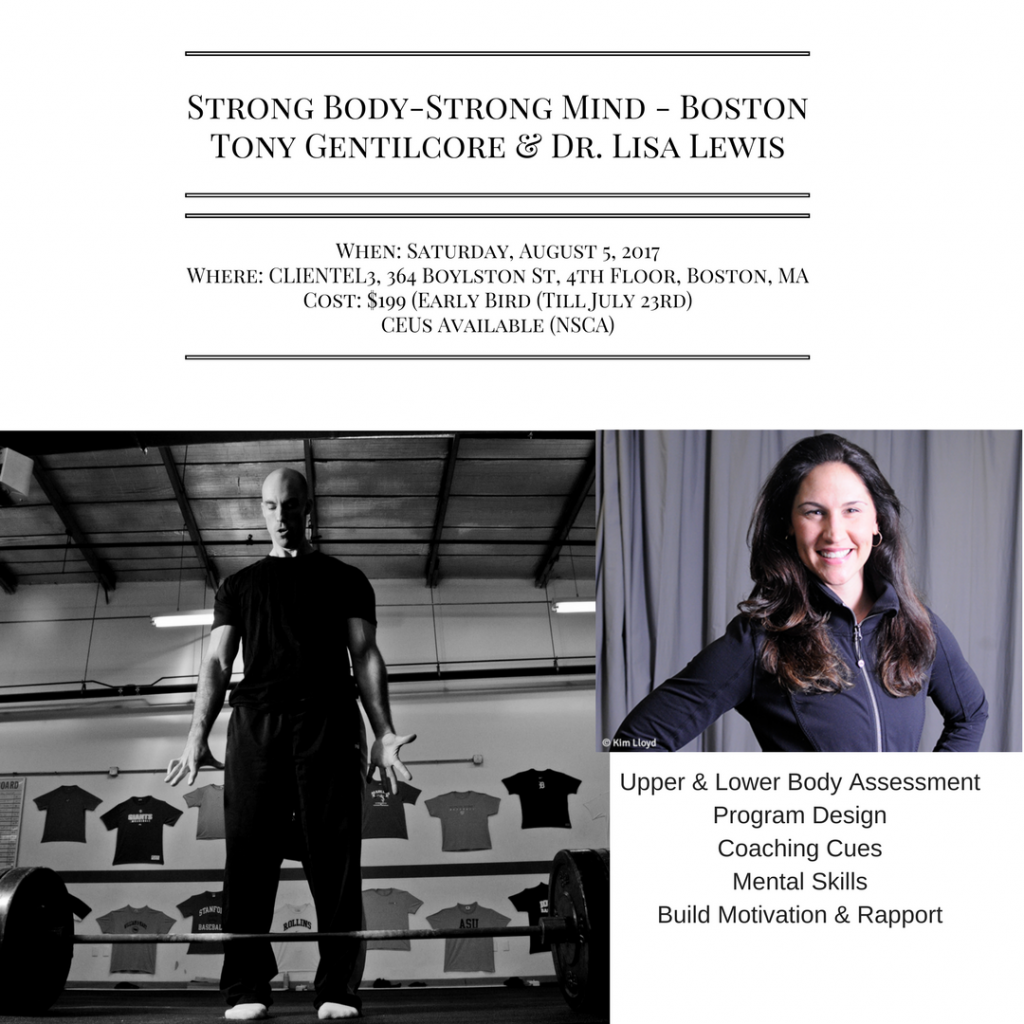
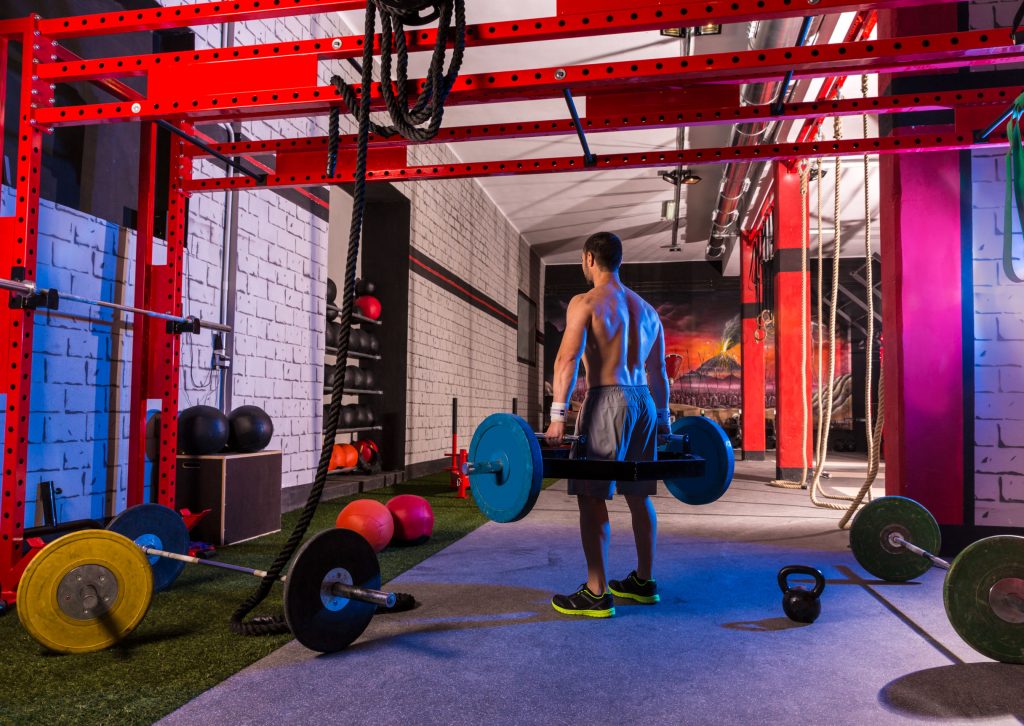



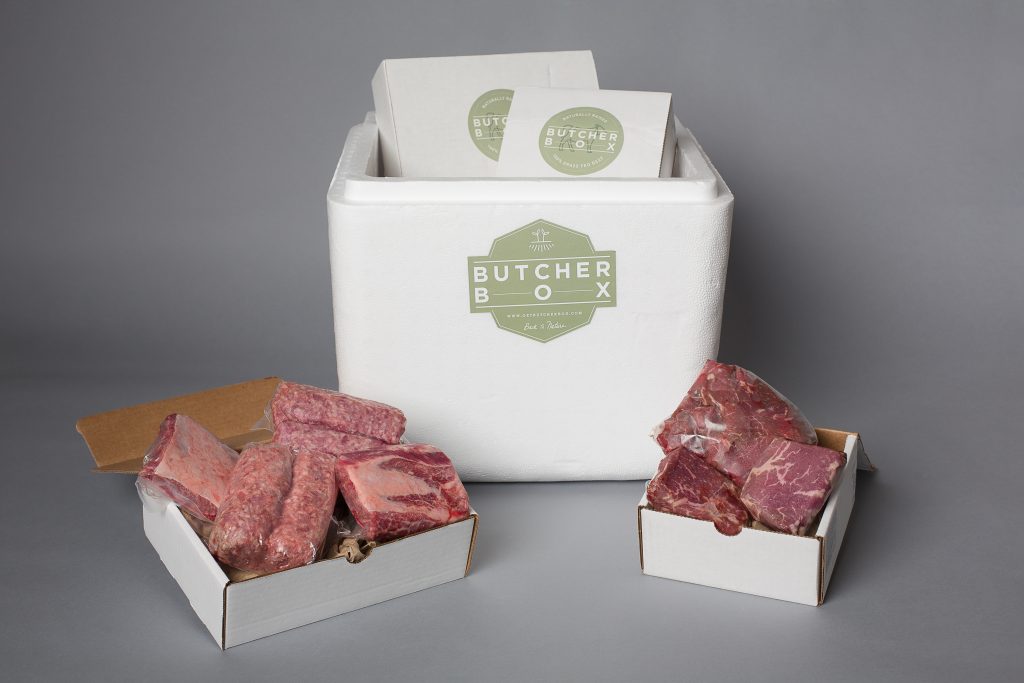

 Love. Passion. Respect. Humility.
Love. Passion. Respect. Humility.



